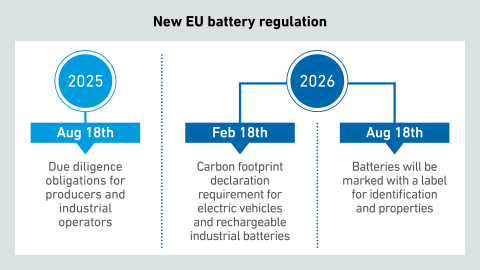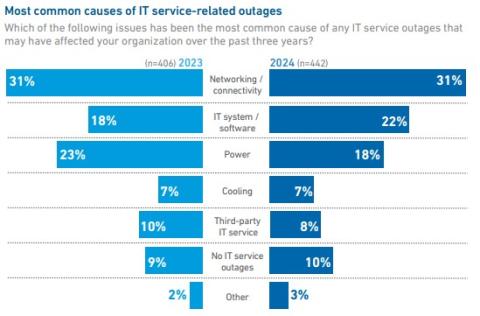The 2024 Uptime Institute Cooling Systems Survey (n=964) explores the adoption, usage, and benefits of various cooling systems in the data center. The attached data files below provide full results of the survey, including data cuts based on…
filters
Explore All Topics
Data center operators face expanding information and key performance indicator reporting requirements. Standard accounting practices and data exchange processes will help enable the efficient exchange of information.
A lack of clarity surrounds the EED reporting timeline for data center operators. The directive mandates the public reporting of 14 items by May 15, 2024, but member states have yet to publish their reporting requirements.
Data center capacities are expanding rapidly, and organizations are increasingly using hybrid IT to meet rising demand. However, the growing complexity of IT environments is exposing limitations to current approaches.
Industry stakeholders recognize that to truly understand IT infrastructure efficiency, data center operators need to report a facility work per unit of energy metric. Most operators are, however, unprepared to calculate this metric.
Preliminary calculations by Uptime Intelligence suggest the initial impact of generative AI on global data center power use is low - but it will rise quickly as adoption increases. How far generative AI will go remains unclear.
The US Energy Information Administration has obtained an order requiring cryptocurrency mining operations to report their energy use. It is likely that traditional data centers will also be required to report energy consumption in 2024.
Cloud-related outages pose a serious financial risk to operators of mission-critical digital infrastructure. And a rising number of high-cost outages suggests that insurers may have a role to play.
Organizations develop strict security policies and practices to reduce exposure to cyberattacks. An ineffective policy only increases the cyber risk both to the data center and across IT in general.
Data center operator shifts typically range from seven to 12 hours. Longer shifts are often preferred by employees, but can introduce significant risks.
The arrival of regulatorily mandated, climate-related financial disclosure and operational information and key performance indicators reporting for IT operations in 2024 and beyond requires the Digital Infrastructure industry to reimagine its…
Data center budgets are expected to increase in 2024 for most organizations, but ongoing supply chain issues and staffing challenges may restrict investments, according to recent Uptime Intelligence survey data.
Operators of data centers in the UK have voiced concerns over the proposed resiliency and cybersecurity regulations that are aimed specifically at providers of colocation and "co-hosting" services.
New EU legislation will raise recycling and reporting standards for batteries, regardless of chemistries. Although motivated by battery use in electric vehicles, the regulations also place obligations on data center operators.
Uptime Institute's 2024 Data Center Resiliency Survey (n=919) focuses on data center resiliency issues and the impact of outages on the data center sector.The attached data files below provide full results of the survey, including data cuts based on…
 Anthony Sbarra
Anthony Sbarra
 Laurie Williams
Laurie Williams
 Jay Dietrich
Jay Dietrich
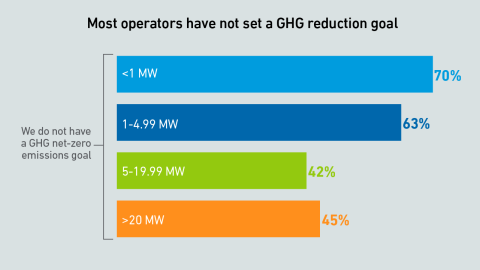

 John O'Brien
John O'Brien
 Douglas Donnellan
Douglas Donnellan
 Andy Lawrence
Andy Lawrence
 Daniel Bizo
Daniel Bizo


 Adam Page
Adam Page

 Michael O'Neil
Michael O'Neil

 Rose Weinschenk
Rose Weinschenk
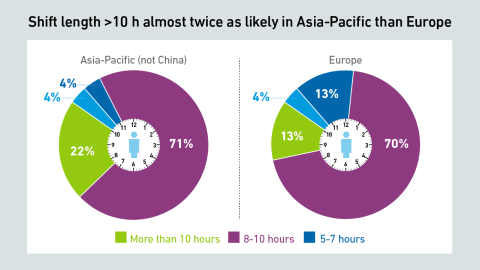

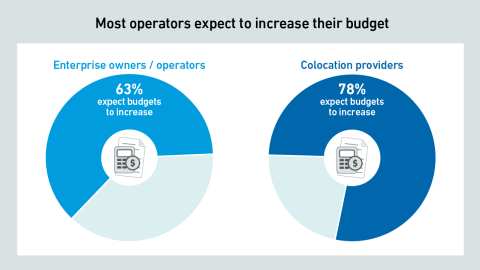
 Max Smolaks
Max Smolaks

 Rosa Lawrence
Rosa Lawrence
